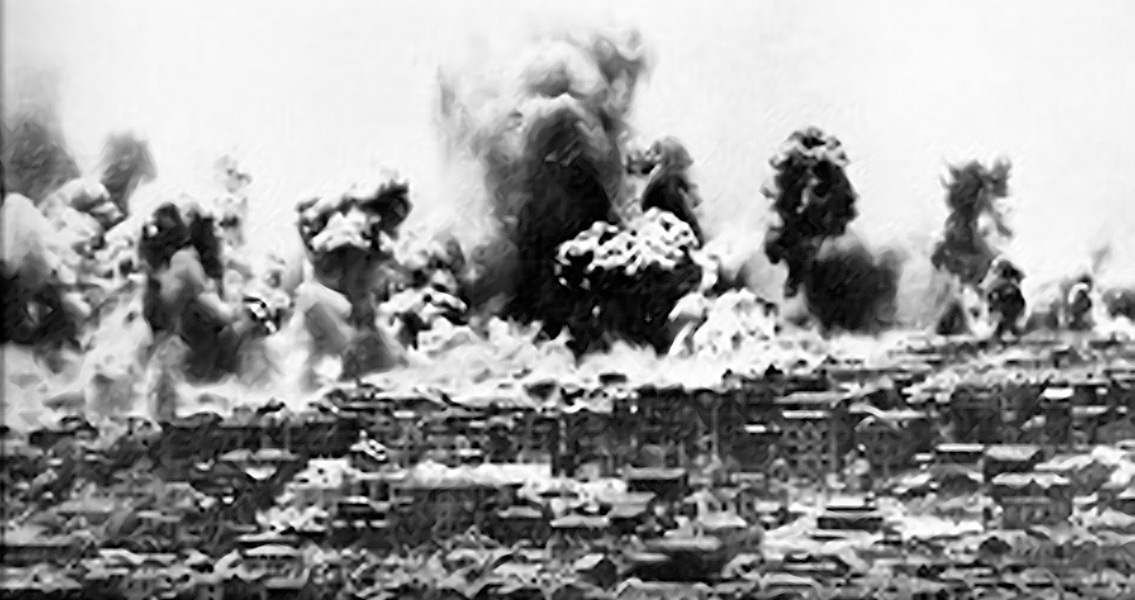<![CDATA[Between 1938 and 1943, more than three thousand tonnes of bombs were dropped on the city of Chongqing, a provincial capital in southwest China. The Imperial Japanese Army Air Service and the Imperial Japanese Navy Air Service targeted residential areas, business districts, schools and hospitals; in essence, it was a non-military bombardment designed to terrify the civilian population into submission. It is estimated that 6,596 Chinese civilians lost their lives in the raids and more than 11,000 buildings were damaged. Compared to bombing raids on London, Berlin or Tokyo, the bombings of Chongqing had fewer casualties, but it was bombed for the longest time period ever worldwide. To protect the population from the threat of aerial attacks, numerous air raid shelters were constructed throughout the city. These shelters not only provided protection, but places for socialising and recreation. In short, bomb shelters became public living spaces. New research has examined how Chongqing's population lived during the harsh bombardment of the city. Tan Gang, from the School of History and Culture, Southwest University, Chongqing, has sought to understand the complexities of daily life for a wartime population under the strains of an all-encompassing invasion. Statistics from November 1943, after the bombardment had abated, reveal a total of 1,823 shelters within Chongqing's jurisdiction, with a total capacity of nearly 450,000. "Chongqing’s bomb shelters became new public living spaces during the war, and living in them became an important component of the residents’ daily lives", Dr Tan wrote in his study, due to be published in the upcoming edition of the Journal of Urban History. Bomb shelters have begun to receive attention from the scholarly community. Most of the research to date, however, has focused on the construction and management of shelters, or the role of the official government in their operation. "Few studies have examined other functions of the bomb shelters, and no study has been conducted on bomb shelters as new public spaces for people in wartime Chongqing," Dr Tan wrote. "In short, although bomb shelters have begun to attract attention from scholars, most still focus on their construction and management and their air defense functions." Interestingly, there were two distinct types of bomb shelter in Chongqing: public and private shelters. One of the major differences between the two types of shelter was the source of funding for them. Public shelters were funded by the Chinese government, private shelters by agencies or individuals. The types of people who used these shelters also differed. Public bomb shelters were open to ordinary citizens, whereas private shelters were used by a specific group. For Tan, the differences between shelters reflects the different social ranks within Chongqing. "As with other large cities in China, urban society in Chongqing could be roughly divided into three social classes: upper, middle, and lower," Tan wrote. "The bomb shelters were thus concrete manifestations of the class and social status differences in wartime Chongqing, where different shelters were open to different classes." Tan's research reveals how even something as functional as an air raid shelter could have significant social connotations. Shelters came to reflect the social hierarchy present in wartime Chongqing and they allow us, looking back from the present, to understand the social conditions of the time. For more information: www.juh.sagepub.com Image courtesy of Wikimedia Commons user: Ultraviolet scissor flame]]>
New Research Explores Air Raid Shelters' Social Meaning
